Seshadhri Srinivasan
Explainable Incipient Fault Detection Systems for Photovoltaic Panels
Nov 19, 2020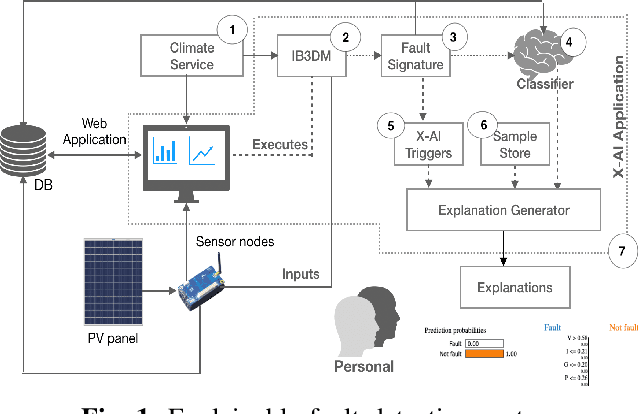
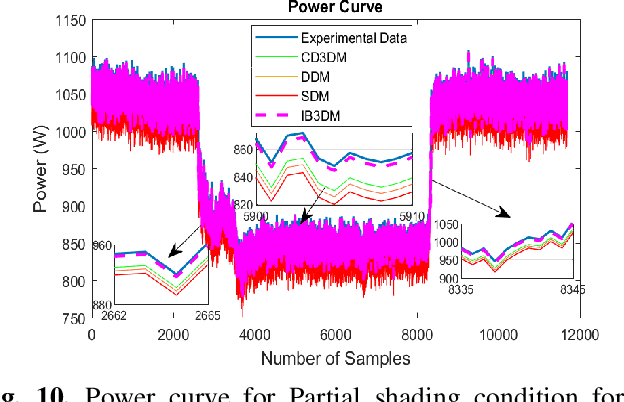


Abstract:This paper presents an eXplainable Fault Detection and Diagnosis System (XFDDS) for incipient faults in PV panels. The XFDDS is a hybrid approach that combines the model-based and data-driven framework. Model-based FDD for PV panels lacks high fidelity models at low irradiance conditions for detecting incipient faults. To overcome this, a novel irradiance based three diode model (IB3DM) is proposed. It is a nine parameter model that provides higher accuracy even at low irradiance conditions, an important aspect for detecting incipient faults from noise. To exploit PV data, extreme gradient boosting (XGBoost) is used due to its ability to detecting incipient faults. Lack of explainability, feature variability for sample instances, and false alarms are challenges with data-driven FDD methods. These shortcomings are overcome by hybridization of XGBoost and IB3DM, and using eXplainable Artificial Intelligence (XAI) techniques. To combine the XGBoost and IB3DM, a fault-signature metric is proposed that helps reducing false alarms and also trigger an explanation on detecting incipient faults. To provide explainability, an eXplainable Artificial Intelligence (XAI) application is developed. It uses the local interpretable model-agnostic explanations (LIME) framework and provides explanations on classifier outputs for data instances. These explanations help field engineers/technicians for performing troubleshooting and maintenance operations. The proposed XFDDS is illustrated using experiments on different PV technologies and our results demonstrate the perceived benefits.
Detecting and Diagnosing Incipient Building Faults Using Uncertainty Information from Deep Neural Networks
Feb 18, 2019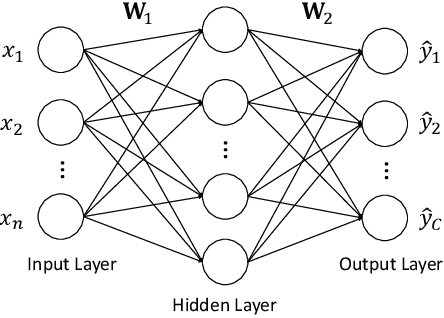
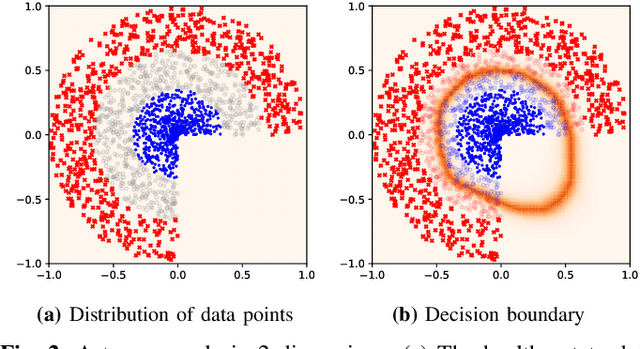
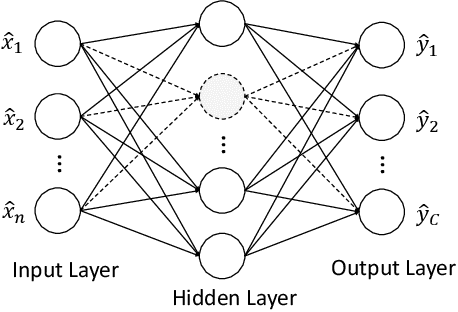
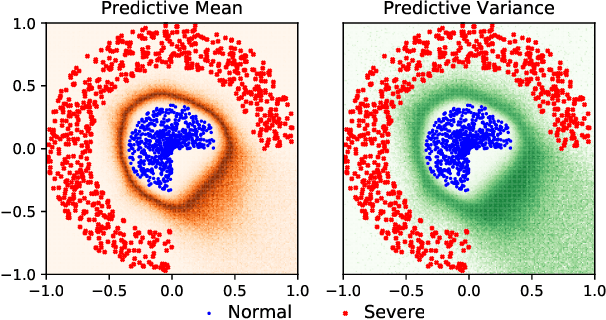
Abstract:Early detection of incipient faults is of vital importance to reducing maintenance costs, saving energy, and enhancing occupant comfort in buildings. Popular supervised learning models such as deep neural networks are considered promising due to their ability to directly learn from labeled fault data; however, it is known that the performance of supervised learning approaches highly relies on the availability and quality of labeled training data. In Fault Detection and Diagnosis (FDD) applications, the lack of labeled incipient fault data has posed a major challenge to applying these supervised learning techniques to commercial buildings. To overcome this challenge, this paper proposes using Monte Carlo dropout (MC-dropout) to enhance the supervised learning pipeline, so that the resulting neural network is able to detect and diagnose unseen incipient fault examples. We also examine the proposed MC-dropout method on the RP-1043 dataset to demonstrate its effectiveness in indicating the most likely incipient fault types.
A Comparative Study: Adaptive Fuzzy Inference Systems for Energy Prediction in Urban Buildings
Sep 24, 2018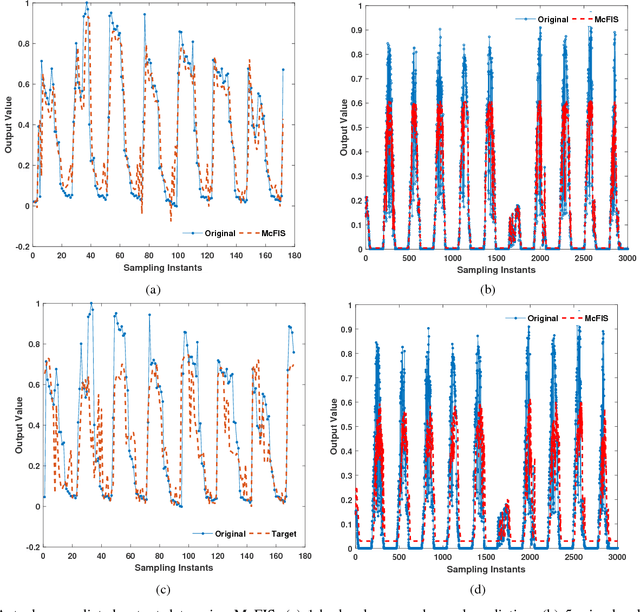



Abstract:This investigation aims to study different adaptive fuzzy inference algorithms capable of real-time sequential learning and prediction of time-series data. A brief qualitative description of these algorithms namely meta-cognitive fuzzy inference system (McFIS), sequential adaptive fuzzy inference system (SAFIS) and evolving Takagi-Sugeno (ETS) model provide a comprehensive comparison of their working principle, especially their unique characteristics are discussed. These algorithms are then simulated with dataset collected at one of the academic buildings at Nanyang Technological University, Singapore. The performance are compared by means of the root mean squared error (RMSE) and non-destructive error index (NDEI) of the predicted output. Analysis shows that McFIS shows promising results either with lower RMSE and NDEI or with lower architectural complexity over ETS and SAFIS. Statistical Analysis also reveals the significance of the outcome of these algorithms.
Estimating Random Delays in Modbus Network Using Experiments and General Linear Regression Neural Networks with Genetic Algorithm Smoothing
Sep 21, 2015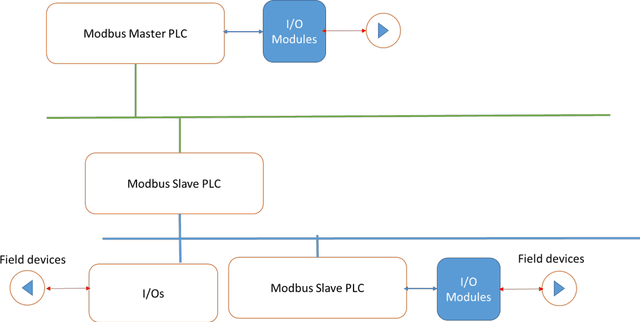
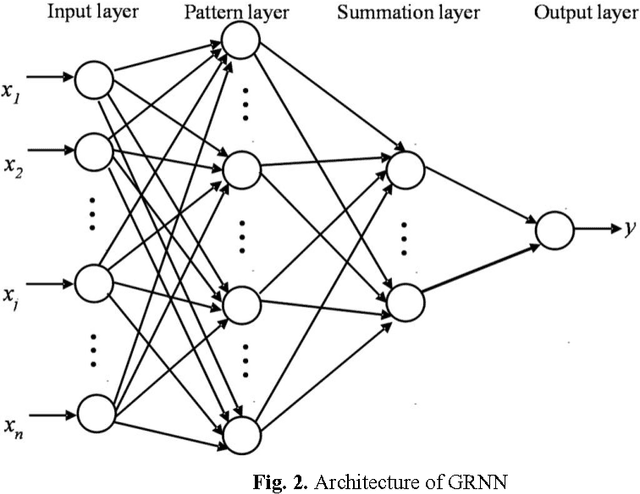
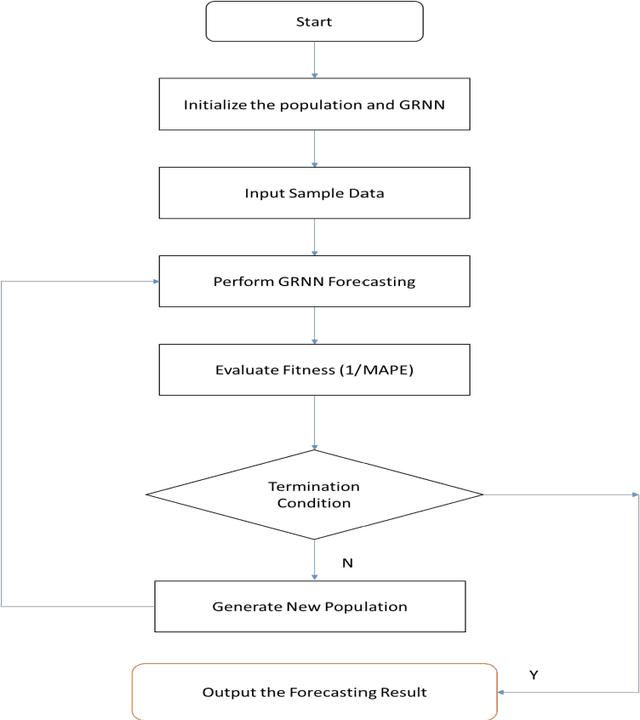
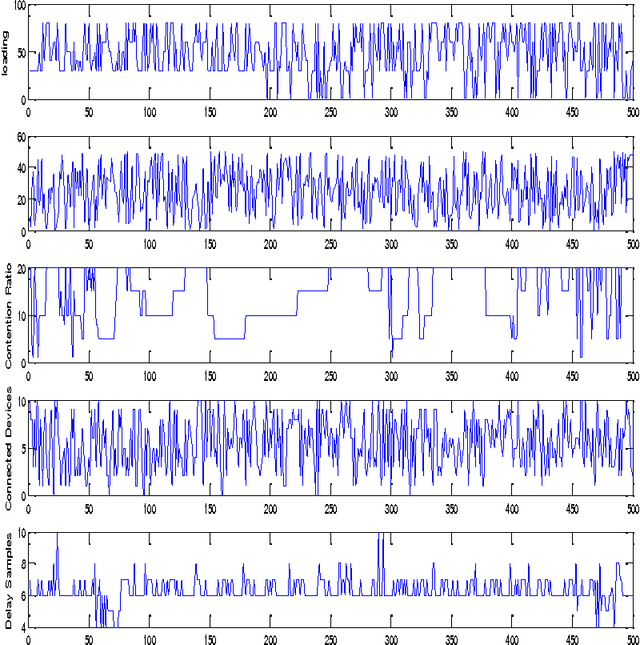
Abstract:Time-varying delays adversely affect the performance of networked control sys-tems (NCS) and in the worst-case can destabilize the entire system. Therefore, modelling network delays is important for designing NCS. However, modelling time-varying delays is challenging because of their dependence on multiple pa-rameters such as length, contention, connected devices, protocol employed, and channel loading. Further, these multiple parameters are inherently random and de-lays vary in a non-linear fashion with respect to time. This makes estimating ran-dom delays challenging. This investigation presents a methodology to model de-lays in NCS using experiments and general regression neural network (GRNN) due to their ability to capture non-linear relationship. To compute the optimal smoothing parameter that computes the best estimates, genetic algorithm is used. The objective of the genetic algorithm is to compute the optimal smoothing pa-rameter that minimizes the mean absolute percentage error (MAPE). Our results illustrate that the resulting GRNN is able to predict the delays with less than 3% error. The proposed delay model gives a framework to design compensation schemes for NCS subjected to time-varying delays.
Formation Control in Multi-Agent Systems Over Packet Dropping Links
Jun 27, 2015
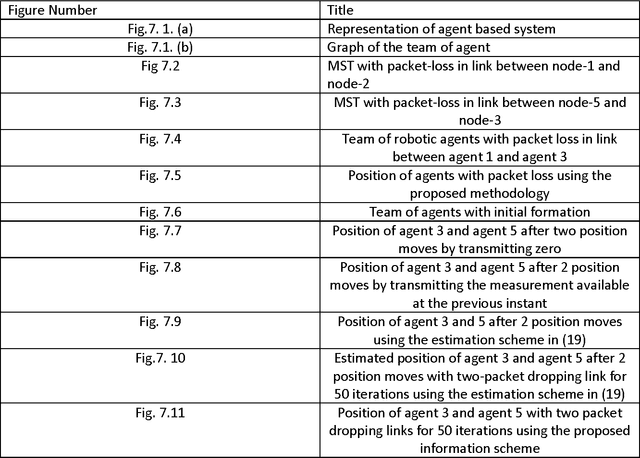
Abstract:One major challenge in implementation of formation control problems stems from the packet loss that occur in these shared communication channel. In the presence of packet loss the coordination information among agents is lost. Moreover, there is a move to use wireless channels in formation control applications. It has been found in practice that packet losses are more pronounced in wireless channels, than their wired counterparts. In our analysis, we first show that packet loss may result in loss of rigidity. In turn this causes the entire formation to fail. Later, we present an estimation based formation control algorithm that is robust to packet loss among agents. The proposed estimation algorithm employs minimal spanning tree algorithm to compute the estimate of the node variables (coordination variables). Consequently, this reduces the communication overhead required for information exchange. Later, using simulation, we verify the data that is to be transmitted for optimal estimation of these variables in the event of a packet loss. Finally, the effectiveness of the proposed algorithm is illustrated using suitable simulation example.
* 12 pages
 Add to Chrome
Add to Chrome Add to Firefox
Add to Firefox Add to Edge
Add to Edge